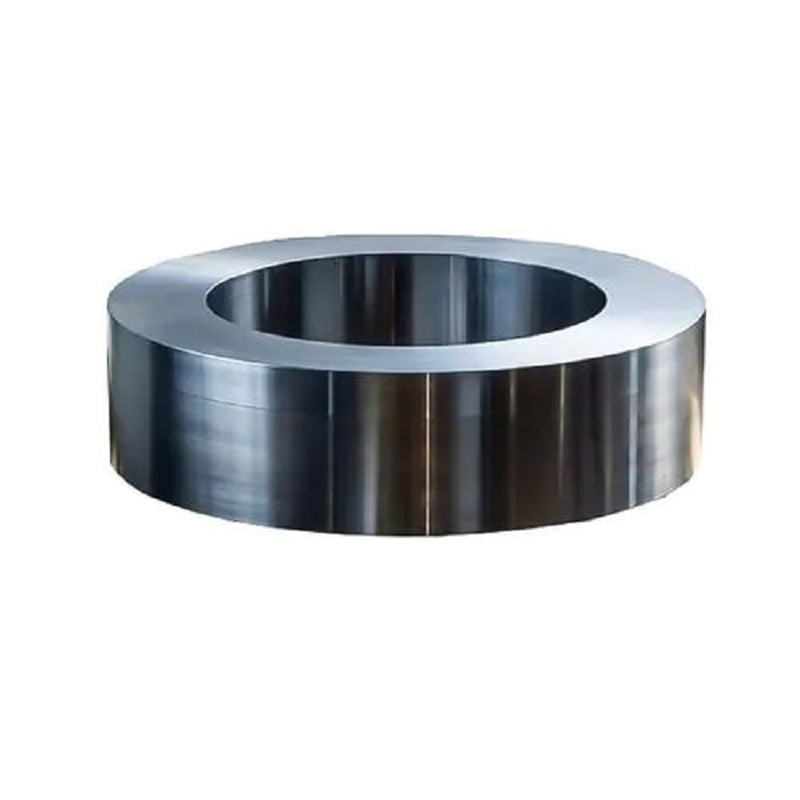
NIMONIC 90 and INCONEL 718 are both renowned nickel-based superalloys that exhibit exceptional performance in extreme conditions, making them highly sought after in various high-stress applications. These alloys are specifically designed to provide outstanding mechanical properties, resistance to oxidation, and enhanced durability in environments subject to high temperatures and corrosive substances. The understanding of their distinct characteristics is crucial for engineers and materials scientists when selecting the appropriate material for demanding applications. Key aspects of NIMONIC 90 and INCONEL 718 include:
Fabrication and Workability: While both alloys can be welded and machined, their workability differs considerably, impacting manufacturing processes.
Composition: Both alloys are primarily composed of nickel but differ in their alloying elements, which influence their mechanical properties and performance.
Mechanical Properties: Each alloy offers high tensile and yield strengths, with variations that cater to specific industry needs.
Resistance Characteristics: Both alloys demonstrate excellent corrosion and oxidation resistance, crucial for applications in aerospace and power generation.
Applications: They find extensive use in critical components for industries such as aerospace, oil and gas, and nuclear power.
Composition
| Alloy | Nickel (Ni) | Chromium (Cr) | Iron (Fe) | Molybdenum (Mo) | Cobalt (Co) | Titanium (Ti) | Aluminum (Al) |
|---|---|---|---|---|---|---|---|
| NIMONIC 90 | 50-55% | 19-21% | Bal. | 5-6% | 15% | 0.5-1% | 3-4% |
| INCONEL 718 | 50-55% | 17-21% | Bal. | 2.8-3.4% | 5% | 0.7-1.5% | 0.2-0.8% |
Mechanical Properties
| Property | NIMONIC 90 | INCONEL 718 |
|---|---|---|
| Density | 8.2 g/cm³ | 8.19 g/cm³ |
| Tensile Strength (Room Temp) | ~950 MPa | ~1000 MPa |
| Yield Strength (Room Temp) | ~750 MPa | ~900 MPa |
| Operating Temperature Range | Up to 980 °C | Up to 700 °C |
| Elongation (at fracture) | 20% | 30% |
Corrosion and Oxidation Resistance
| Alloy | Description |
|---|---|
| NIMONIC 90 | Excellent oxidation resistance, particularly at high temperatures, making it ideal for turbine components and high-stress scenarios. |
| INCONEL 718 | Good resistance to oxidation and corrosion in a variety of environments, particularly in aerospace and oil and gas applications. |
Applications
| Industry | NIMONIC 90 Applications | INCONEL 718 Applications |
|---|---|---|
| Aerospace | Turbine blades, combustion chambers, and high-temperature components | Aircraft engines, gas turbines, and rocket engines |
| Power Generation | Components of gas turbines | Manufacturing of turbines and reactors |
| Oil and Gas | Downhole tubing and components in hostile environments | Drilling equipment and valve components |
| Nuclear Industry | Reactor components, especially where high strength is required | Used in pressure vessels and other critical reactor components |
Fabrication and Workability
| Alloy | Fabrication Techniques | Workability |
|---|---|---|
| NIMONIC 90 | Welding, machining, forging | Moderate – can be challenging to machine due to its high strength. |
| INCONEL 718 | Welding, machining, forming | Good – known for its machineability and good weldability. |
Advantages
| Alloy | Advantages |
|---|---|
| NIMONIC 90 | – High-temperature strength and oxidation resistance. |
| – Good fabricability and high resistance to thermal fatigue. | |
| INCONEL 718 | – Excellent corrosion resistance in various environments. |
| – High yield strength and toughness, making it suitable for critical applications. | |
| – Good weldability and machinability, allowing for versatile manufacturing processes. |
Differences
| Feature | NIMONIC 90 | INCONEL 718 |
|---|---|---|
| Primary Focus | Designed for high-temperature applications, particularly in aerospace and turbine environments. | Versatile applications in aerospace, oil and gas, and nuclear industries, with good corrosion resistance. |
| Composition Variability | Higher cobalt content improves high-temperature performance. | Lower nickel content, balanced with other alloying elements for comprehensive performance. |
| Workability | More challenging to machine due to strength characteristics. | Generally easier to process, suitable for complex geometries and fabrication. |
This comparative analysis outlines the key features and applications of NIMONIC 90 and INCONEL 718, helping to determine which alloy may be more appropriate for specific engineering needs based on their respective properties and advantages.
